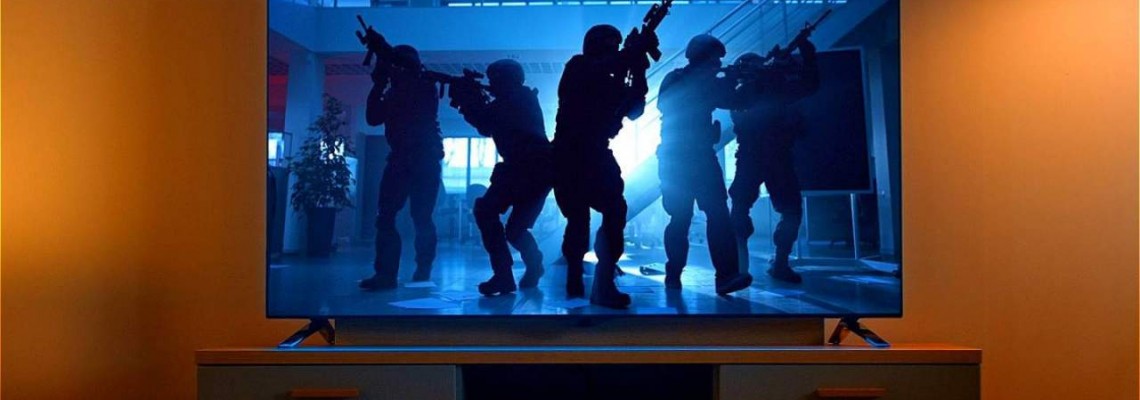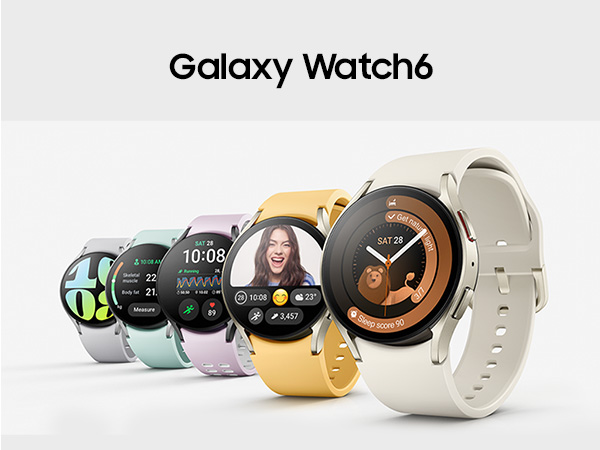

If you’ve been sitting on the fence for a new TV, monitor, or any other display device online, it’s likely you’ve heard mentions of “4K” and “UHD,” or Ultra High Definition — often in the same sentence. Despite being different, the terms 4K and UHD are used interchangeably to market a phenomenal viewing experience on screens or devices such as a projector. 4K is more mainstream than ever, and ads make the buying choices for both even more confusing. As such it’s worth knowing the difference between 4K and UHD.
4K and UHD have different origins. While UHD is used in the display equipment industry and for broadcast, 4K was originally used in the context of cinema and video production. As Teufel Audio notes, a UHD TV has fewer pixels horizontally and therefore, cannot achieve the same resolution as a 4K TV set. To elaborate on the difference, let’s break it down even further.
4K vs. UHD Resolution

Fusionstudio/Shutterstock
UHD resolution implies 3840×2160 pixels (or 8,294,400 pixels in all), which is exactly four times the number of pixels we find in a Full HD (1080p) display, according to the Teufel Audio post linked above. The multiplicity is probably the reason UHD comes to be replaced by 4K so easily in the common lexicon.
4K, on the other hand, denotes a resolution of 4096×2160 pixels. Due to this vertical and horizontal arrangement of pixels, the standard is sometimes called 4K2K. 4K has wider pixelation than UDH because 4K digital cinema projectors must support films in both “Flat” and “Scope” aspect ratios, as per RGB Spectrum. The Flat configuration has an aspect ratio of 1.85:1 (which means, for each unit of the screen width, there are 1.85 units in length). Meanwhile, a Scope configuration uses a 2.39:1 aspect ratio. Therefore, a movie in a Flat ratio has a typical resolution of 3996×2160 pixels whereas Scope has a resolution of 4096×1716 pixels. In simpler terms, Scope is wider but shorter in length than a Flat orientation.
The decision between using Flat and Scope is usually that of the film’s director and producer but we can expect newer movies to rely on Scope more than Flat. As noted by one kind Imgur user, Scope is normally used in large-scale epics or action films — with anything related to “The Avengers” being an exception.
Should the difference between 4K and UHD impact your choice?

New Africa/Shutterstock
The answer is both yes and no. Specifically, it depends on how you plan to use your screen. If you are buying a TV or display device specifically for watching movies, you’ll likely end up with UHD because that’s how most TVs from major brands like Sony are marketed and sold. It might even be difficult to find a TV that supports a 4K resolution — finding a PC monitor or a projector that supports a 4K2K resolution is relatively easier.
If you want to avoid this confusion and just buy a device that is adaptive to all forms of content, then you can quite conveniently choose to ignore the nuances and get the one that you like — even if it is branded as a 4K UHD TV. The result will be the same high-quality resolution and ultra-modern viewing experience.





Leave a Comment